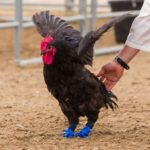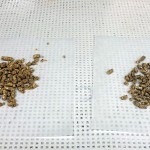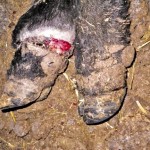Technology usually used as teaching tools for veterinary students at the University of Calgary has given an injured rooster a new pair of feet. Calgary’s animal and bylaw services agency removed the rooster, now named Foghorn, from a city property earlier this year, the university said in a release. The bird was unable to walk,








